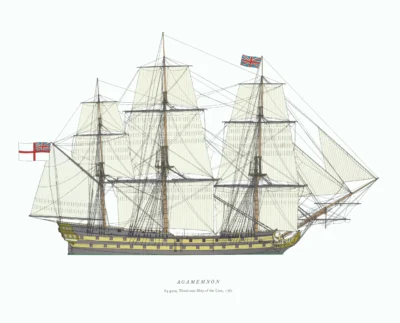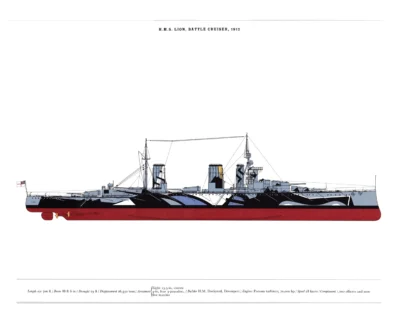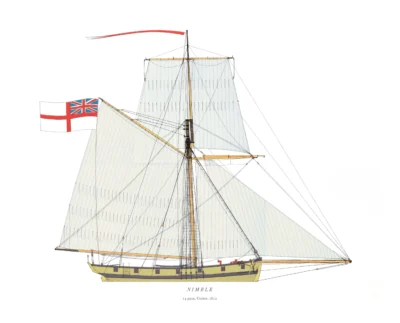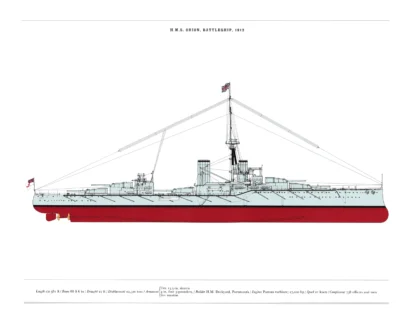HMS Orion, Super-Dreadnought, 1912
£17.50
Orion: lead “super-dreadnought” ordered using the “two-power standard“ (scroll down for a more detailed Description)
Published 1971 by © Hugh Evelyn Limited; drawn by Martin Holbrook
Size: c. 42.5 x 35.5 cm [17″ x 14″] (may vary slightly from printers’ cut 50 years ago)
Printed on high white matt cardstock 154 g/sm2
Print is LARGE size – shipping is the same for 1 to 10 prints (based on largest print size in your order) – see Shipping & Returns.
In stock
Description
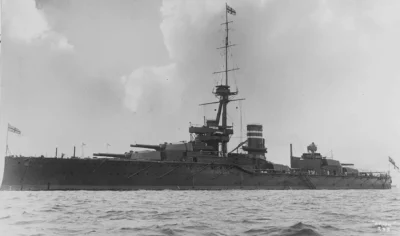
Orion:
Super-Dreadnought; lead ship of its class
Built: HM Dockyard Portsmouth
Laid: 1909; Launched: 1910: Commissioned: 1912; Decommissioned: 1922:
22,274 Tons: Length: 581′ (177.1 m); Beam: 88′ 6″ (27 m); Draught: 31′ 3″ (9.5 m);
Power: 27,000 shp (20,000 kW); 4 shafts; 21 knots (39 km/h; 24 mph);
Range: 6,730 nmi (12,460 km; 7,740 mi) at 10 knots (19 km/h; 12 mph);
Complement: 738–1,107 (1916)
Armament: 5 x twin 13.5″ (343 mm); 16 x 4″ (102 mm); 3 x 21″ (953 mm) torpedo tubes;

By 1909 Germany’s navy was approaching the size of the British. The Admiralty forced four Orion class dreadnoughts through Parliament over the objections of Lloyd-George and Winston Churchill using the 1889 Defence Act and the ‘two power’ standard. Known as ‘super-dreadnoughts’, Orion was commissioned in 1912, a week later HMS Revenge slipped her moorings and struck her in Portsmouth harbour. Orion was designed from scratch: all main guns were mounted on the centreline of the hull in superfiring turrets (one stepped back and above another) as pioneered by the US Navy in the South Carolina. Germany was producing large calibre guns so Britain increased her calibre to 13.5 inches, increasing ship size as a gun-platform by 2,500 tons. Orion had a 12-inch armoured belt extending between the gun turret casings, decks 1 inch to 4 inches thick and was propelled by four turbines generating 27,000 SHP at 21 knots. She spent most of her career assigned to the Home and Grand Fleets, serving as a flagship. The failed attempt to intercept German ships bombarding Scarborough in 1914 was undistinguished – her commanding officer refused to open fire on the light cruiser SMS Stralsund without an order from above. At the Battle of Jutland in May 1916 she fired 51 rounds with one known hit. Her remaining service consisted of routine patrols and training in the North Sea. She was at Rosyth when the High Seas Fleet surrendered on 21st November 1918. Her fate was sealed by the 1922 Washington Naval Conference limiting ship numbers following the War. She was sold for scrap in 1922 and broken up at Upnor on the Medway in 1923.
Additional information
| Weight | 0.0232 kg |
|---|---|
| Dimensions | 44 × 35.5 cm |


